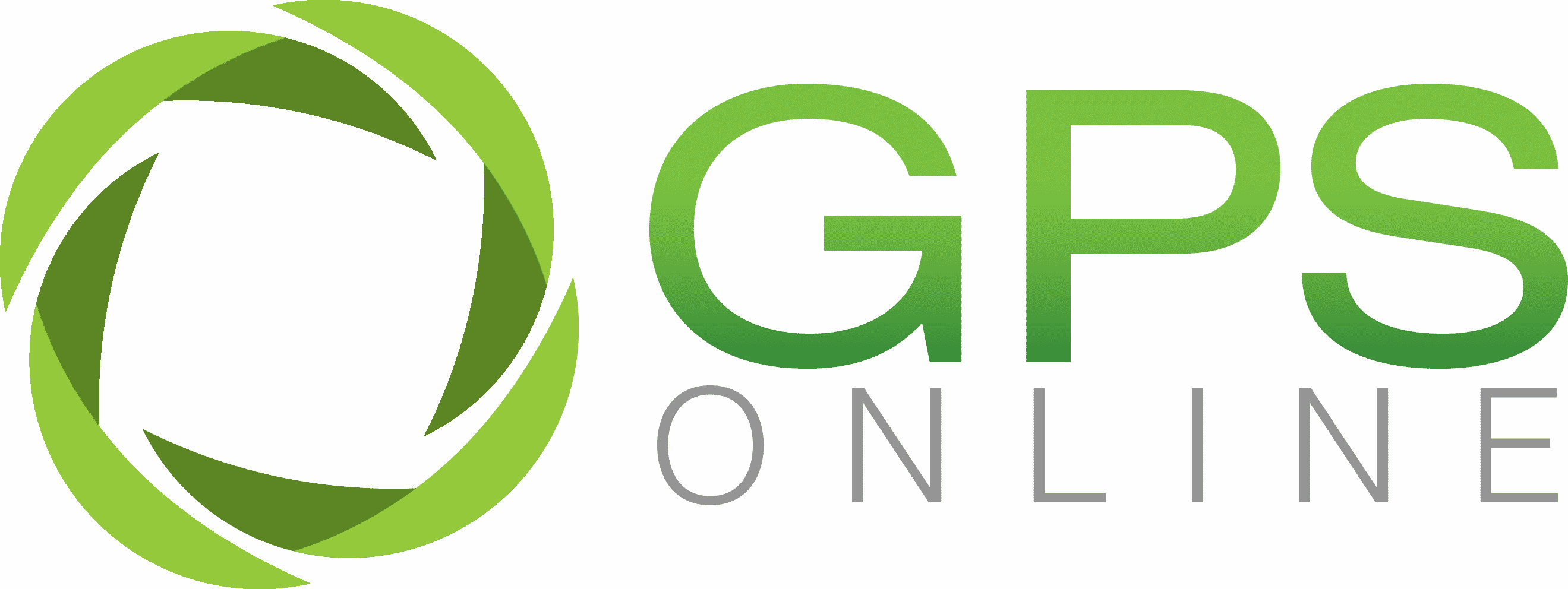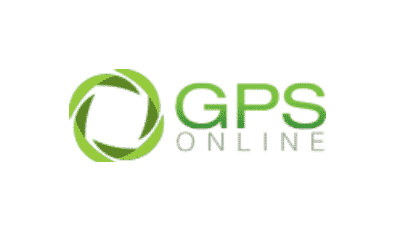The third common cloud computing model we are looking at alongside IaaS and PaaS is Software as a Service (SaaS), also known as web-based software, on-demand software, or hosted software. SaaS is a convenient method of software delivery and licensing via an online subscription.
Investopedia defines Software as a Service as a software licensing model in which access to the software is provided on a subscription basis, with the software being located on external servers rather than on servers located in-house.
How does SaaS work?
Your software application might be hosted on the software provider’s own infrastructure, or it may be hosted by a third-party cloud provider contracted by an independent software vendor (ISV). In the latter case, it can then be made available to users via the internet (“as a Service”), directly through a web browser for a fee. This means you can avoid the hassle of purchasing and installing software on your computers as is traditionally done.
The provider is responsible for maintaining application access and managing all technical issues, security, and any updates. Which means the end user doesn’t require any IT expertise to use and maintain the software.
Google Workspace is a great example of SaaS. The Google productivity suite is available to use over the internet without having to be installed on your computer. Netflix is another example of SaaS. For a monthly subscription fee, you can pay Netflix to watch licensed videos on demand. Other SaaS applications can be found for billing and invoicing systems, Customer Relationship Management (CRM) applications, help desk applications, and more.
The Advantages of SaaS
Let’s look at some of the advantages of utilising SaaS applications:
- Multitenant Architecture
With a single version of the programme running on the host’s servers, the provider can efficiently manage the programme’s maintenance, updates, and bug fixes. Because all users are running the same version of the software, collaboration, sharing, and document compatibility are made possible.
- Flexibility and savings
The software licence is subscription-based or usage-based. This saves you money as monthly subscriptions are generally cheaper than purchasing the software programme itself.
Additionally, some SaaS applications allow you to subscribe to portions of their offerings instead of the entire suite, so you only have to pay for the applications that you use.
- Work anytime, anywhere
Due to the fact that SaaS applications are accessible through the internet and not installed on a local machine as with traditional software, they are available to use anywhere at any time as long as the device (computer, mobile, laptop, tablet) is connected to the internet.
- Scalability
As your needs change, you can scale up or down the number of users who have access to the SaaS applications, as well as the types of applications you access.
- No need for Maintenance
Since the SaaS application is hosted and managed by the provider, you don’t need internal IT departments to go around and install, secure, and update the applications on every machine in your organisation. It is the responsibility of the provider to install updates, run security patches, and keep the programme up-to-date.
- Collaboration and Sharing
With remote and hybrid working models becoming a reality, there is a need to be able to collaborate on projects and easily share information. Many SaaS applications allow users to share information and collaborate seamlessly as needed.
–
GPS Online is a Cloud Solutions Provider for several SaaS applications, ranging from inventory management and eCommerce to accounting and business analytics. Should you need any assistance or require additional information, please get in touch and we will be happy to answer any questions you might have.






